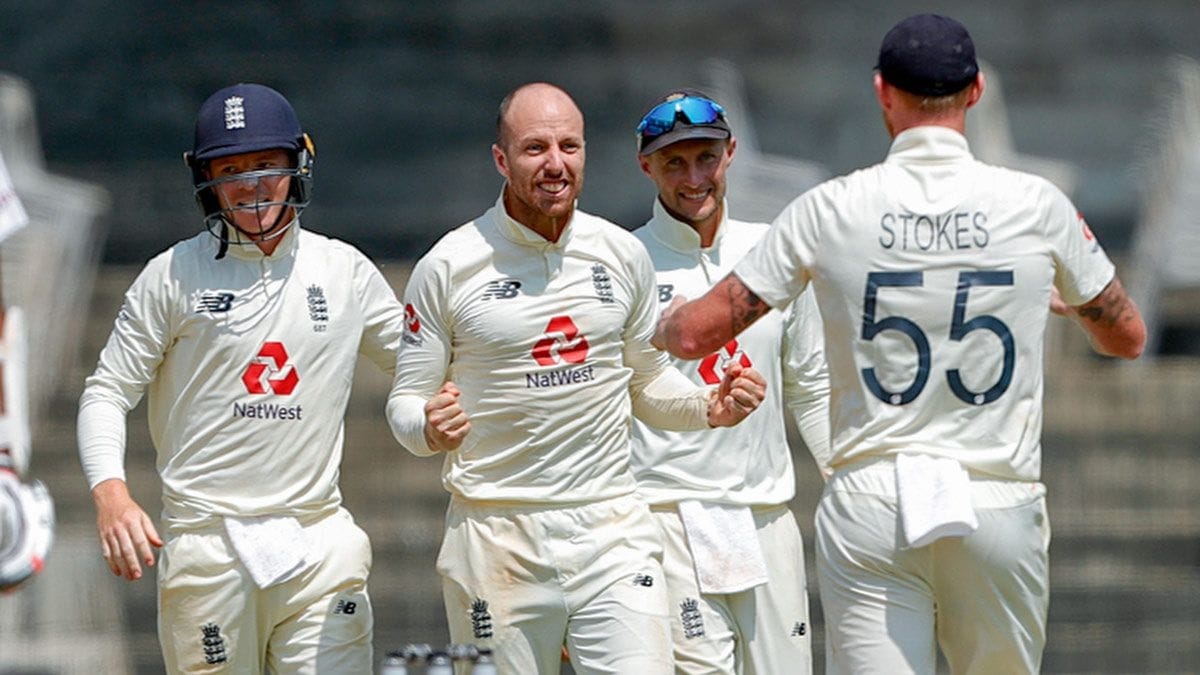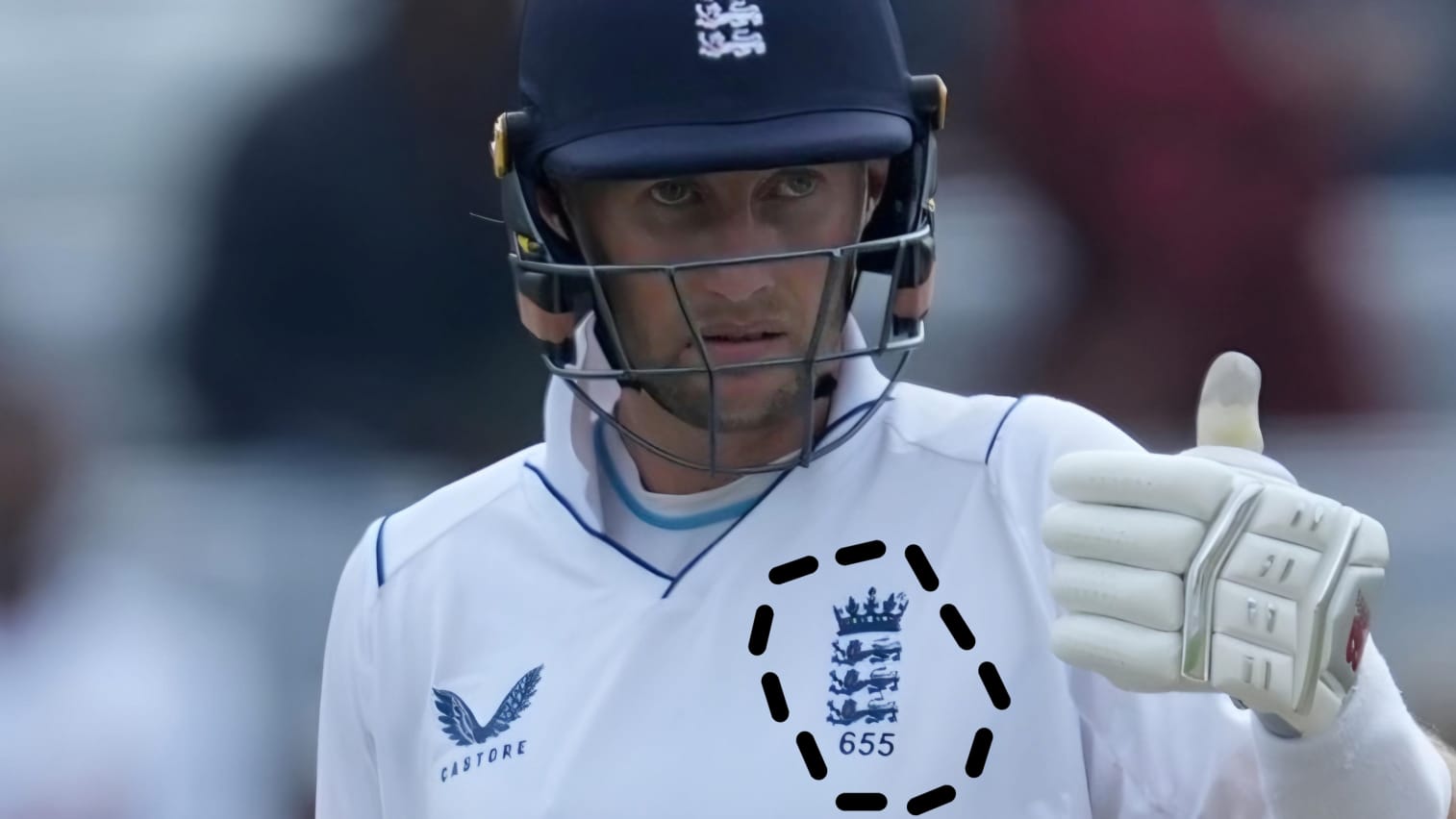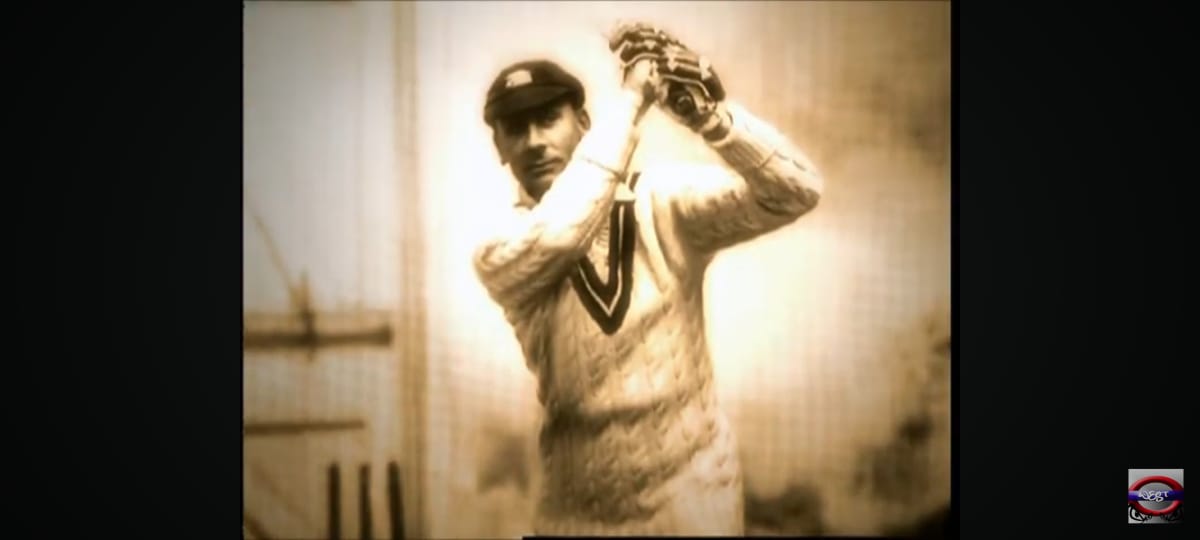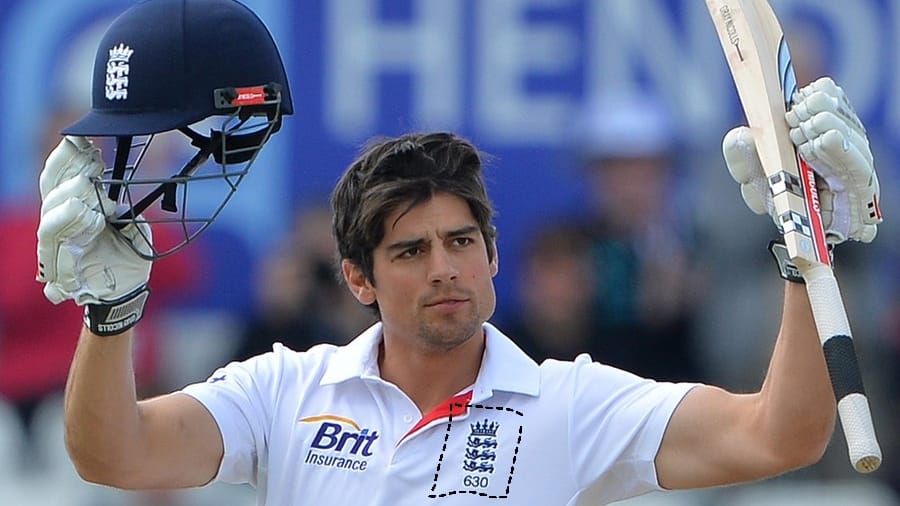What are the numbers on the England cricket shirts? Well, they hold a secret, a way to understand the rich tapestry of English Test cricket. Unlike other formats, these numbers aren’t just for identification – they have a much deeper meaning.

What do the numbers on England’s cricket shirts under the three lions mean?
Fans often decipher the numbers that sit proudly beneath the Three Lions emblem on England’s Test cricket shirts. These numbers aren’t just for identification – they hold the key to a fascinating journey through the annals of English cricket.
Other than jersey numbers, you might notice a ‘number’ on international cricket shirts. This appears below the team emblem on the front left, and sometimes on the cap. What does it mean?
This number is called the cap number. It shows the player’s position in the history of their national team in that specific format. Didn’t get it?

For example, Joe Root’s Test cap number is 655. This means he is the 665th player to ever represent England in Test matches.
Note: Cap numbers are displayed below the emblem only in Test cricket. For limited-overs formats, they are usually just on the cap.
Chronicling a Nation’s Cricketing Journey
The numbering system reflects a commitment to tradition, unlike any other Test-playing nation. Each number signifies a player’s chronological position in England’s Test lineage. Imagine the numbers as milestones along a grand, ever-evolving timeline.

Picture those earliest trailblazers, their names forever associated with those coveted single and double-digit numbers. As new players debut, the timeline extends, with those higher numbers revealing the continuous flow of England’s cricketing prowess.
Echoes of Legends Past
These numbers carry an almost mystical quality. Fans who understand their meaning gain insight into a player’s stature within this sporting dynasty. Legendary figures like W.G. Grace (number 2), Sir Jack Hobbs (number 12), and Alastair Cook(number 330) are immortalized through their respective numbers, forming a bridge between generations of passionate supporters.
A Pioneering Spirit
2019, England set a precedent by introducing names and numbers to its classic Test whites. This decision was initially met with mixed reactions yet proved transformative.
The numbers provide an immediate reference point, particularly for newer fans, deepening their connection with the team. The numbers add an extra layer of historical context for seasoned enthusiasts, enriching their understanding of the game.
The Wikipedia Key: Unlocking the Cricketing Archive
The “List of England Test Cricketers” on Wikipedia (https://en.wikipedia.org/wiki/List_of_England_Test_cricketers) is your indispensable guide for unravelling this sporting tapestry. Trace the changing faces and playing styles through the decades and marvel at the number of athletes who have proudly worn the Three Lions.
Honouring the Past, Embracing the Future
These numbers are a tangible reminder of the esteemed company England’s Test cricketers keep. While the system reflects England’s reverence for its sporting heritage, it cleverly adapts to the demands of the modern game.
England’s commitment to the tradition is a source of inspiration, fueling the ambition of current players who aspire to have their number etched in cricketing history.
Additional FAQs
- Are numbers used in other formats of cricket? Names and numbers have been common in One Day Internationals (ODIs) and T20 Internationals for many years. Players often pick their own numbers, which might have personal significance (e.g., birthdays, lucky numbers).
- Do other Test nations use this numbering system? Currently, England is the only Test-playing nation with this numbering system on their shirts.
- Did the introduction of numbers cause any debate? Some traditionalists initially questioned whether it broke too much with the conventions of Test cricket. However, most embraced the change as a way to modernize the game while honoring its history.
Historical Perspective
- Notable numbers: You could highlight a few famous England players and their numbers. For example, Alastair Cook, England’s most capped Test player, has the number 630.
- The first players: Mention the players who hold the very first numbers, giving a sense of how long England’s Test cricket history stretches!
Future Considerations
- Other nations adopting the model: Discuss the possibility of other countries adopting England’s model and the potential impact on Test cricket globally.
- Potential for women’s cricket: Explore whether the numbering system might be implemented in women’s Test cricket as the format enjoys increasing popularity.
Where Stories Are Written
Ultimately, while the numbers offer a captivating entry point into the rich narrative of English cricket, true greatness will always be defined by the heart and unwavering spirit displayed on the field.
Those iconic moments – the defiant centuries, the spectacular catches, and the nail-biting victories – are the legends written by the players who dare to wear those numbered shirts.
James Paul is a former first-class cricketer and passionate cricket analyst. His decades of experience on the field and his love for the game shape his insights into the strategies and personalities that define world-class cricket.
